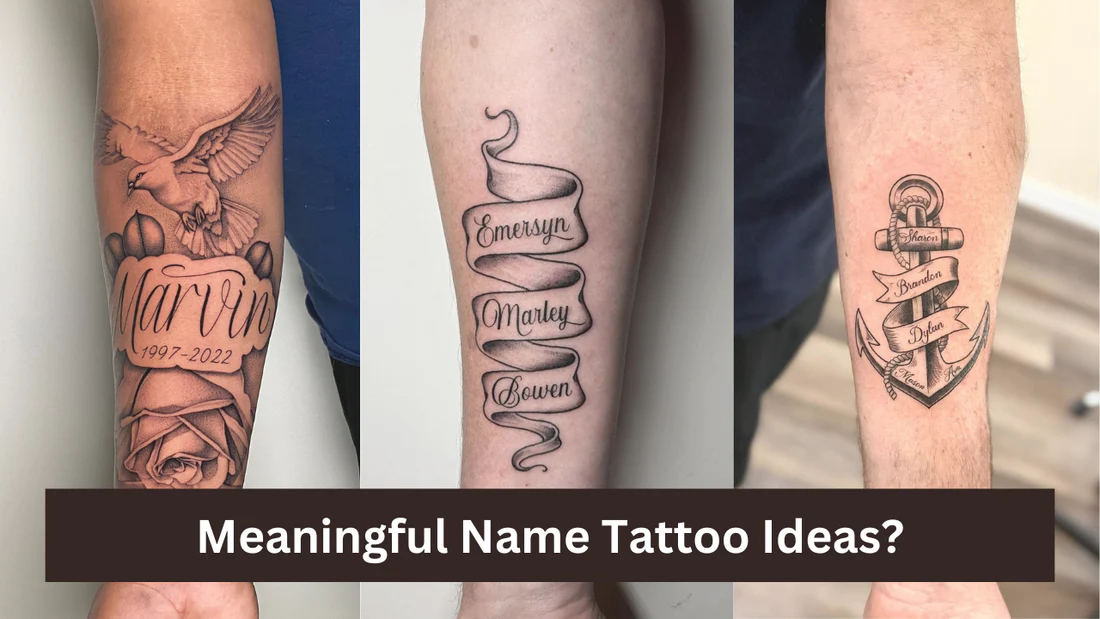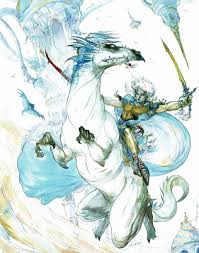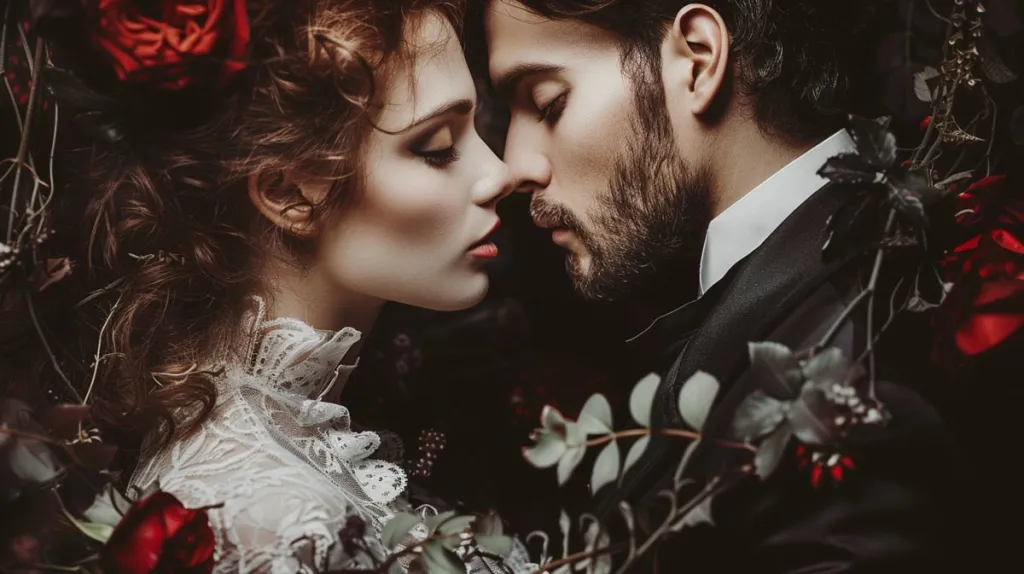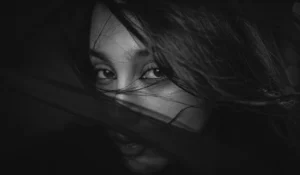Cool Tattoos for Men: Your Ultimate Guide to Ink
Getting a tattoo is a major decision. It’s a piece of art that becomes a part of you. With so many options out there, finding the perfect design can feel overwhelming. That’s where this guide comes in. We’ll explore a wide range of cool tattoos for men, from popular styles and placement ideas to essential tips for your first time. Whether you’re looking for something with deep meaning or just a design that looks incredible, you’ll find inspiration here. We will cover everything you need to know to choose a tattoo you’ll be proud to wear for a lifetime.
Key Takeaways
- Placement is Key: Where you put your tattoo affects its visibility, pain level, and overall impact. Popular spots include the forearm, chest, back, and legs.
- Style Defines the Vibe: From bold Traditional to hyper-detailed Realism, the style you choose sets the tone for your artwork.
- Meaning Matters: Many people choose tattoos to represent family, beliefs, passions, or major life events. A meaningful design often becomes more cherished over time.
- Do Your Research: Finding the right artist is just as important as choosing the right design. Always review portfolios and schedule a consultation.
- Aftercare is Non-Negotiable: Proper aftercare ensures your tattoo heals well, stays vibrant, and looks great for years to come.
Choosing the Perfect Placement
The location of your tattoo is one of the most important decisions you’ll make. It determines how often your ink is seen and can influence the type of design that works best. Some spots are better for large, sprawling pieces, while others are ideal for small, subtle designs. Forearm tattoos, for instance, are incredibly popular because they are easy to show off but can also be covered by a sleeve.
They provide a great canvas for both vertical designs, like a sleeve component, or standalone pieces. The chest is another prime location, offering a broad, relatively flat area perfect for symmetrical designs or a single large image over the heart. Back tattoos provide the largest canvas on the body, allowing for incredibly detailed and expansive scenes. These are some of the most impressive cool tattoos for men because of the sheer scale possible.
Forearm and Sleeve Ideas
The forearm is a classic choice for a reason. It’s a highly visible spot that allows you to admire your own art easily. It’s versatile enough for a single, impactful piece or as the starting point for a full or half-sleeve. A full sleeve, which covers the arm from shoulder to wrist, is a significant commitment but offers the chance to create a cohesive theme or a collage of different meaningful images.
Ideas range from flowing Japanese dragons and floral patterns to geometric patterns that wrap around the arm. Half-sleeves, either on the upper or lower arm, are a great way to get a large-scale piece without the full commitment. Many find the forearm an ideal starting point when planning larger cool tattoos for men.
Chest and Back Pieces
If you’re looking to make a statement, the chest and back are your best bets. The chest provides a wide, symmetrical area perfect for designs like large birds with wingspans, elaborate script, or intricate mandalas. Pieces placed over the heart often carry deep personal significance. The back, on the other hand, is the ultimate canvas. It’s the largest, flattest area of your body, making it ideal for epic scenes, massive portraits, or complex biomechanical designs. A full back piece is a true work of art that can tell a story. Because they are usually covered, these tattoos can be deeply personal and revealed only when you choose.
Hand, Neck, and Leg Tattoos
Tattoos on the hands, neck, and legs each come with their own considerations. Hand and neck tattoos are highly visible and can carry a social stigma in some professional environments, so they are often chosen by those who are heavily tattooed or work in creative fields. Small symbols on the fingers or a delicate design behind the ear can be great options. Leg tattoos are incredibly versatile. The thigh offers a large area for detailed pieces, similar to the upper arm, while the calf is perfect for vertical designs. A full leg sleeve is just as impressive as an arm sleeve and offers plenty of space for creative expression and some truly cool tattoos for men.
Popular Styles of Cool Tattoos for Men
The style of your tattoo is its personality. It’s the difference between a bold, old-school anchor and a soft, photorealistic portrait. Understanding different styles will help you communicate your vision to your artist. Some artists specialize in a single style, while others are proficient in several.
|
Style |
Vibe |
Typical Pain Level |
Common Placement |
|---|---|---|---|
|
Traditional |
Bold, classic, timeless |
Moderate |
Arm, Leg, Chest |
|
Realism |
Lifelike, detailed, modern |
High |
Forearm, Thigh, Back |
|
Geometric |
Precise, modern, minimalist |
Moderate to High |
Forearm, Back, Chest |
|
Japanese |
Epic, flowing, symbolic |
High |
Back, Arm Sleeve, Leg Sleeve |
|
Minimalist |
Subtle, simple, clean |
Low |
Wrist, Ankle, Behind the Ear |
Traditional and Neo-Traditional
Traditional (or Old School) tattoos are defined by their bold black outlines, simple color palette (often red, green, yellow, and black), and iconic imagery like anchors, eagles, and roses. This style is built to last and remains one of the most popular choices. Neo-Traditional takes the foundation of Traditional art—the bold lines and strong look—and adds more depth. You’ll see a wider range of colors, more dimension through shading, and more illustrative, detailed subject matter. It’s a modern twist on a classic that results in some very cool tattoos for men.
Realism and Fine Line
On the opposite end of the spectrum is Realism. The goal here is to create a tattoo that looks as lifelike as possible, like a photograph on the skin. This style requires an incredibly skilled artist who excels at shading and detail. Common subjects include portraits of loved ones or celebrities, animals, and natural landscapes. A subset of this detail-oriented work is Fine Line tattooing. This style uses thin needles to create delicate, intricate designs. It’s perfect for minimalist pieces, detailed floral work, and script, offering a more subtle and understated look.
Geometric and Tribal
Geometric tattoos use shapes, lines, and patterns to create complex and often symmetrical designs. These can range from simple shape compositions to intricate mandalas and sacred geometry patterns. The precision required makes them visually striking. Tribal tattoos are one of the oldest forms of tattooing in the world, characterized by bold, black patterns. Modern tribal designs often draw inspiration from Polynesian, Maori, and other indigenous cultures, featuring flowing lines and symbolic shapes that conform to the body’s muscles, creating a powerful and dynamic look.
Finding Meaning in Your Ink
While some people get tattoos simply for their aesthetic appeal, many look for designs with personal significance. A meaningful tattoo serves as a permanent reminder of who you are, what you love, or what you’ve overcome. This is where you can find inspiration for truly unique and cool tattoos for men that are entirely your own. Think about the important people, places, and ideas in your life. Tattoos can be a powerful way to honor family, with designs ranging from birth flowers for each family member to portraits or names in elegant script.
Your beliefs and passions are also a deep well of inspiration. This could mean religious symbols, quotes from your favorite author, or imagery representing a hobby like music or travel. A compass might symbolize your love for adventure, while a mountain range could represent a challenge you’ve conquered. Nature itself is a common theme, with animals often chosen for the traits they represent—a lion for courage, a wolf for loyalty, or an owl for wisdom. Exploring different concepts can lead to a great design, and you can find more ideas on sites like https://versaillesblog.com/. The most powerful tattoos are often those that tell a personal story.
First-Timer? Here’s What You Need to Know
Getting your first tattoo is exciting, but it’s normal to be nervous. Preparation is key to a positive experience. First, have a solid idea of what you want, but be open to your artist’s input. They are experts and can help refine your design to work best on skin. Eat a good meal and hydrate well before your appointment to keep your blood sugar stable.
Avoid alcohol for at least 24 hours beforehand, as it can thin your blood and increase bleeding. The pain level will vary depending on the placement and your personal tolerance. Areas with more fat and muscle, like the outer thigh or bicep, tend to hurt less than bony areas like the ribs, feet, or spine. Don’t be afraid to ask for a break if you need one.
Finding the Right Artist and Budgeting
The single most important factor in getting a great tattoo is choosing the right artist. Don’t just walk into the first shop you see. Spend time researching artists in your area. Look at their online portfolios—most use Instagram to showcase their work. Do their tattoos look clean, well-executed, and healed? Does their artistic style match the vision you have for your tattoo? Once you find an artist you like, schedule a consultation. This is a meeting where you discuss your idea, placement, and size. A good artist will be honest about whether your idea will work as a tattoo and may suggest improvements.
Pricing for tattoos varies widely based on the artist’s skill, location, size, and complexity of the design. Most artists charge by the hour, with rates ranging from $100 to $300+ per hour. A small, simple tattoo might have a flat “shop minimum” rate. For larger pieces like sleeves or back pieces, the cost can run into the thousands of dollars. It’s better to save up for a quality tattoo from a great artist than to compromise on price. This is a permanent investment in your body.
The Importance of Aftercare
Your responsibility doesn’t end when you leave the tattoo shop. Proper aftercare is crucial for ensuring your tattoo heals correctly and stays vibrant. Your artist will give you specific instructions, and you should follow them exactly. Generally, the process involves keeping the tattoo clean and moisturized.
You’ll typically wash it gently with unscented soap and water a few times a day and apply a thin layer of recommended ointment. You must avoid soaking the tattoo in water—so no swimming or long baths—and keep it out of direct sunlight for the first few weeks. A healing tattoo will peel and itch, but you must not scratch or pick at it. Taking care of your new ink is the final step in getting one of the best cool tattoos for men.
Frequently Asked Questions
Q: How much does a cool tattoo for men typically cost?
A: The cost varies greatly. Shop minimums for small tattoos can be $80-$150. Larger, custom pieces are often priced by the hour, with artists charging anywhere from $100 to over $300 per hour depending on their skill and demand.
Q: What is the least painful place to get a tattoo?
A: Areas with more fat and muscle tend to be less painful. The most common low-pain spots include the outer forearm, upper arm (bicep), and thigh.
Q: How long does a tattoo take to heal?
A: The surface layer of skin typically heals in 2-3 weeks. However, the deeper layers can take up to 2-3 months to fully heal. Follow your artist’s aftercare instructions throughout the process.
Q: Can I use numbing cream before getting a tattoo?
A: Some people do, but you must discuss it with your artist first. Some numbing creams can affect the skin’s texture, making it harder to tattoo, and not all artists are comfortable working on numbed skin.
Q: How do I choose a design?
A: Look for inspiration everywhere—in art, nature, and symbols that are meaningful to you. Collect reference images, but let your artist create a custom design for you to ensure it’s unique and works well as a tattoo.
Q: Is it okay to get a tattoo if I have sensitive skin?
A: It’s possible, but you should discuss any skin conditions, such as eczema or psoriasis, with both your doctor and your tattoo artist beforehand. They can advise you on the risks and best practices.













Post Comment